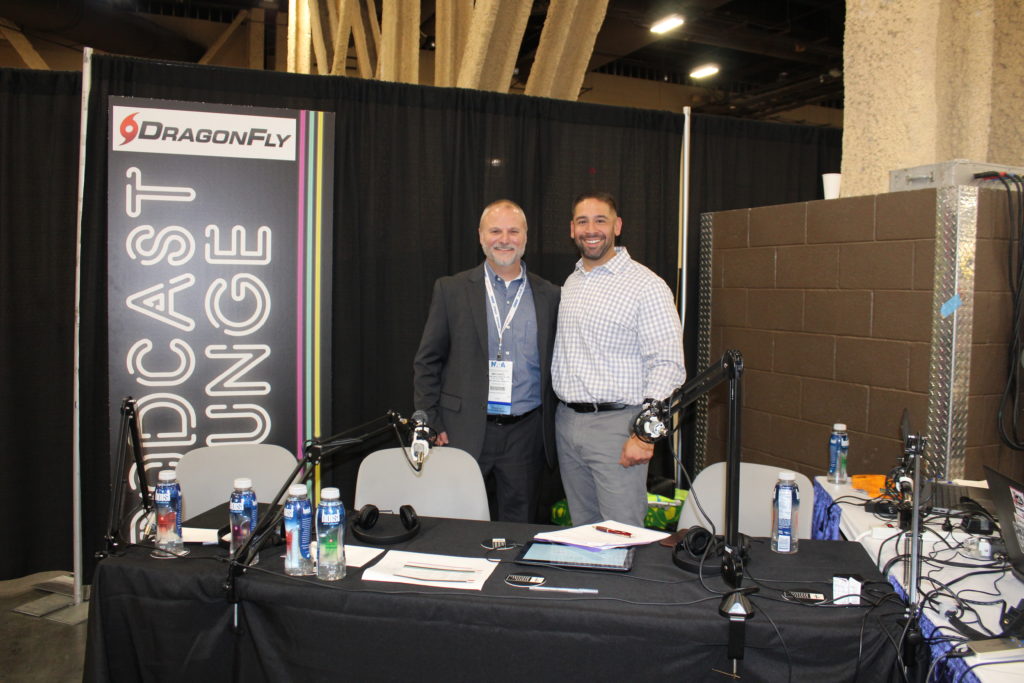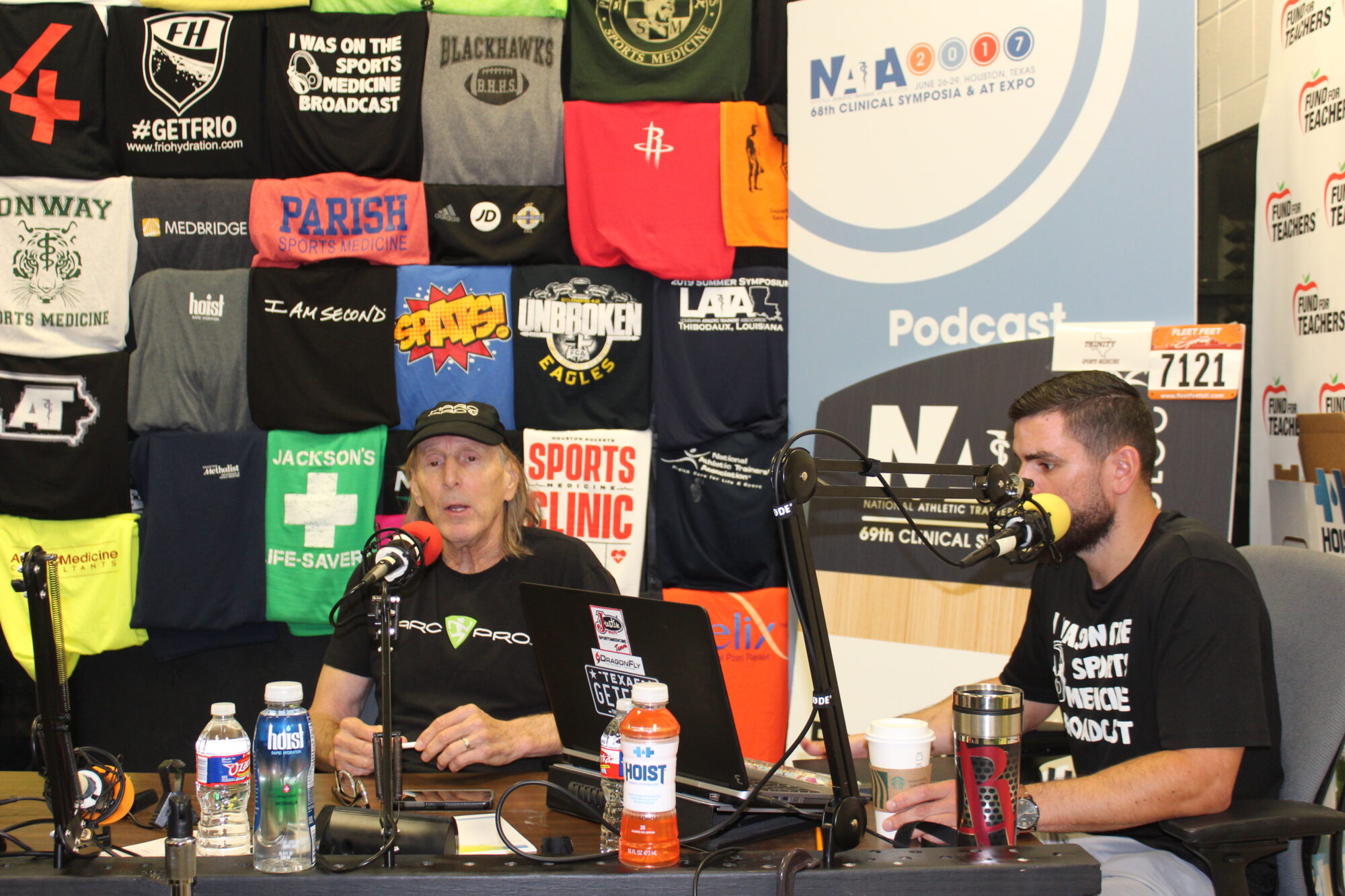Podcast: Play in new window | Download
Mike Hooper has spent the last 16 years serving as an athletic trainer in the armed forces. Specifically, the Department of the Navy. Today on the podcast, he joins John Cieko and discusses what drew him to the military setting as an AT.

How did Mike end up in the Armed Forces after a career that took him through a variety of settings including secondary, collegiate and professional?
He grew up around the military and served himself for a short time in the armed services. “I saw injuries, experienced some injuries and I looked at it (serving as an AT in the armed forces) as a good opportunity to be a much-needed resource within the community.”
What does he enjoy about this emerging setting?
Mike finds working in the armed services as an AT extremely rewarding. He sees it as a bigger cause with a global perspective. It really is life vs death.
What are the challenges of working in this setting?
Mike believes that your only limitations are between your ears. An injury is an injury in any setting, however, he highly recommends that you ingest all you can through observation and that will help you develop treatment strategies that you can tailor and modify. Mike’s goal is to learn something new every day and pass it on to those who may take his place someday.
What is the future of AT in the Armed Forces?
Mike feels that AT in the military is taking off like an Indy Car. It may have taken a few years to gain traction but they have gone from approximately 50 AT’s in 2003 to over 300 today.
“We (AT’s) fit in to maximize the effectiveness of the team.”
How is the military setting different?
In many ways, Mike believes it is the same. AT’s are generally caring and emotionally attached to their profession.
However, you want to give everything you have and exhaust every opportunity to help the guy who will save others. You are treating men and women who essentially have the mentality of taking a bullet or jumping on a grenade for their fellow team members. It’s hard to say no when you see the sacrifices they make.
What are some of the stories you have been a part of?
Mike has seen and experienced so many success stories. Success stories and triumphs that help him wake up with a different mentality in the morning.
In many settings, you don’t see a lot of gunshot wounds or amputees but we do in the armed services. Mike is thankful that the NATA is beginning to highlight the emerging settings within the profession and prepare students for these settings.
How can we get more information?
Visit the COPA website for military information or visit the Armed Forces Athletic Training Society website. Ask any military AT who would love to answer your questions.
Mike Hooper – Email
Jeremy Jackson – Host of The Sports Medicine Broadcast
John Ciecko – jciecko@bloomfield.org
Alisha M Pennington – alisha@theatvantage.com
Mike McKenney – m.mckenney@northeastern.edu
Mike Hopper – Mike.Hopper@bishoplynch.org
Clint Sanders – clint@dragonflyathletics.com
These people LOVE Athletic Trainers and help support the podcast:
Frio Hydration – Superior Hydration products.
Donate and get some swag (like Patreon but for the school)
HOIST – No matter your reason for dehydration DRINK HOIST
MedBridge Education – Use “TheSMB” to save some, be entered in a drawing for a second year free, and support the podcast.
Marc Pro – Use “THESMB” to recover better.
Frio Hydration – Superior Hydration products.
Donate and get some swag (like Patreon but for the school)
HOIST – No matter your reason for dehydration DRINK HOIST
MedBridge Education – Use “TheSMB” to save some, be entered in a drawing for a second year free, and support the podcast.
Marc Pro – Use “THESMB” to recover better.
